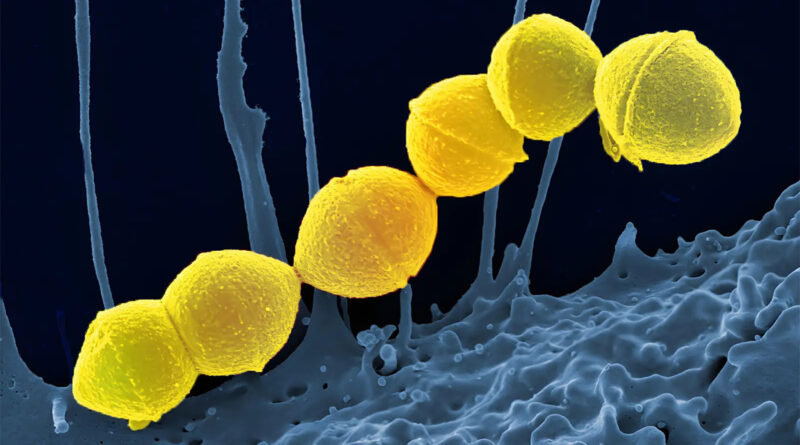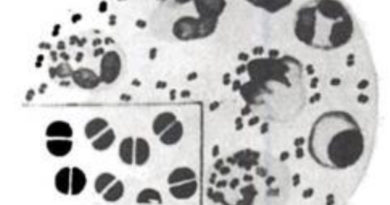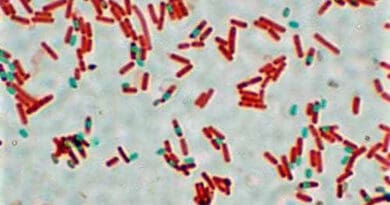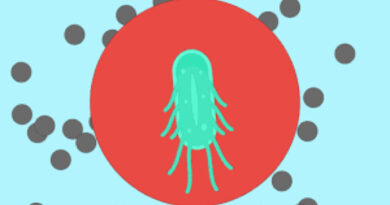Cultural Characteristics of Streptococcus
Streptococcus is a genus of Gram-positive bacteria, known for its spherical or ovoid shape and tendency to form chains or pairs. These bacteria are responsible for a wide range of infections in humans and animals, making their study essential for medical microbiology. Understanding the cultural characteristics of Streptococcus species helps in their identification, diagnosis, and treatment of infections.
Growth Requirements
Streptococci are fastidious organisms, often requiring enriched media to grow optimally. They exhibit distinct cultural characteristics on different types of agar, which are crucial for their identification.
1. Nutrient Requirements:
– Enriched Media: Streptococci commonly require blood or serum-enriched media for optimal growth. Blood agar is a preferred medium, providing necessary nutrients and allowing for the observation of hemolytic activity.
2. Atmospheric Conditions:
– Aerotolerance: While most Streptococci are facultative anaerobes, they grow best under microaerophilic conditions, requiring reduced oxygen levels. Some species, like Streptococcus pyogenes, show better growth in a CO2-enriched environment.
Colony Morphology
The appearance of Streptococcus colonies on agar plates is a primary means of identification. Key characteristics include:
1. Size and Shape:
– Colonies are generally small (1-2 mm in diameter), round, and convex.
– The edges of the colonies are typically smooth.
2. Color:
– Streptococcus colonies are usually translucent or opaque and range from grayish-white to creamy white in color.
3. Hemolysis:
– Hemolysis on blood agar is a significant trait used to differentiate Streptococcus species.
– Alpha-hemolysis (α-hemolysis): Partial hemolysis producing a greenish discoloration around the colonies. Examples include Streptococcus pneumoniae and Streptococcus viridans group.
– Beta-hemolysis (β-hemolysis): Complete hemolysis resulting in a clear zone around the colonies. Examples include Streptococcus pyogenes and Streptococcus agalactiae.
– Gamma-hemolysis (γ-hemolysis): No hemolysis, with no change in the blood agar around the colonies. Examples include some species of the Enterococcus group.
Biochemical Characteristics
Streptococci exhibit several biochemical properties that aid in their identification:
1. Catalase Test:
– Streptococci are catalase-negative, differentiating them from Staphylococci, which are catalase-positive.
2. Carbohydrate Fermentation:
– Streptococci can ferment various carbohydrates, producing acid. Specific patterns of fermentation help in species identification.
– The use of mannitol, sorbitol, and lactose can distinguish between different Streptococcus species.
3. Bile Esculin Test:
– This test differentiates Group D Streptococci and Enterococci, which can hydrolyze esculin in the presence of bile, producing a black precipitate.
4. PYR Test:
– The PYR (pyrrolidonyl arylamidase) test is positive for Streptococcus pyogenes and Enterococcus species, aiding in their differentiation from other Streptococci.
Pathogenicity and Clinical Significance
Streptococcus species are responsible for a variety of human diseases, ranging from mild to life-threatening. Some notable pathogenic species include:
1. Streptococcus pyogenes:
– Causes pharyngitis, impetigo, cellulitis, and severe invasive infections like necrotizing fasciitis and toxic shock syndrome.
2. Streptococcus pneumoniae:
– A leading cause of pneumonia, meningitis, otitis media, and bacteremia, particularly in children and the elderly.
3. Streptococcus agalactiae (Group B Streptococcus):
– Significant cause of neonatal sepsis and meningitis, as well as infections in pregnant women and immunocompromised adults.
4. Viridans Streptococci:
– Part of the normal oral flora, but can cause endocarditis, especially in individuals with pre-existing heart conditions.
Conclusion
The cultural characteristics of Streptococcus are pivotal for their identification in clinical microbiology. Understanding their growth requirements, colony morphology, hemolytic patterns, and biochemical properties enables accurate diagnosis and effective treatment of streptococcal infections. As streptococcal diseases remain a significant health concern, continued research and advancements in diagnostic techniques are essential for improving patient outcomes.



